The content of the article
If modern pregnant women have doubts about the usefulness of quince, then in ancient times this fruit was attributed to the symbol of the birth of a healthy and smart baby. The fruits were mandatory in the diet of the expectant mother, since it was believed that they help to normally bear and give birth to a child. To a certain extent, this is true. The apple and pear hybrid, known as quince or false apple, really has a rich composition that determines the beneficial properties of the fruit.
Useful properties of quince
The positive effect of quince for a mother and a developing baby is to contain many natural compounds necessary to maintain a woman's body during pregnancy. Of the main ones, one can distinguish:
- Vitamins Representatives of B vitamins, including thiamine, riboflavin, cyanocobalamin, pyridoxine, as well as A, C, E, K and some others.
- Micro and macrocells. The amount depends on the quince variety, growing conditions, but the main ones are: sodium, iron, magnesium, selenium, potassium, zinc, calcium.
- Acids of various types, pectins, dietary fiber, proteins, essential oils, resins.
In combination with the above compounds, as well as other useful elements and water (about 80%), quince is a low-calorie foods, which is also important for a pregnant woman.
What are the benefits of quince during pregnancy?
If the expectant mother has no contraindications, regularly uses high-quality and ripe fruit, then the natural composition of quince will have the following beneficial effects:
- Helps to combat toxicosis and related phenomena in the form of nausea, vomiting. At the same time, quince compensates for the deficiency of vitamins, minerals and other elements.
- Normalization of the intestines, if necessary, can be used as a strengthening agent for diarrhea, taking into account the absence of an infectious focus.
- Prevention of anemia, low hemoglobin. This indicator often decreases during pregnancy, indicating a possible fetal hypoxia, a deficiency of nutrients delivered to the cells.
- Natural stimulation of the urinary system, which prevents swelling, promotes the timely removal of harmful substances from the body.
- Maintaining blood vessels, including reducing the risk of developing varicose veins, enlarged veins, thrombosis.
- Stabilization of sugar, in the absence of serious pathologies.
- Normalization of pressure.
- Removal of toxins, harmful compounds from tissues, which occurs due to the adsorbing capabilities of the unique composition of quince, including pectins.
- Anti-inflammatory effect. A certain amount of pulp of the fetus is able to fight a number of bacteria that cause diseases of the gastrointestinal tract, oral cavity, and throat.
- Increasing the body's resistance, maintaining the immune system.
There are a lot of useful properties of quince, they help not only support a woman’s body during the period of bearing a child, but also have a positive effect on the development of a future baby.
In order for fruits to truly become a useful addition to the diet, contraindications should first be excluded, otherwise there is a possibility of harm to health.
Harmful quince during pregnancy
After eating a ripe fruit, troubles with health rarely occur, but during pregnancy it is better to exclude all kinds of troubles. Limit the use of quince in the following cases:
- Individual intolerance, allergy, even to one of the components contained in the fetus;
- Chronic diseases of the gastrointestinal tract or pathology in the acute stage;
- Urolithiasis, severe renal dysfunction;
- Persistent constipation of unknown etiology.
If the above contraindications are absent, then for certainty, you can additionally consult a doctor. It is also important to use quince correctly, so that the effect is only positive.
How to eat quince for good
Initially, you need to choose high-quality, ripe fruits, as evidenced by a uniform yellow color, the absence of damage and a pleasant aroma. If long-term storage is planned, then it is better to pay attention to large fruits.
Not everyone will like it in its raw form, as the pleasant aroma combines with specific viscosity and acid, which for some pregnant women is a salvation from toxicosis. More often, fruits are used for making drinks, including tea, compotes, fruit drinks, as well as for homemade pastille, jam, jam and other sweet treats.
With prolonged heat treatment, some of the nutrients are lost, therefore, for maximum benefit, future mothers can consider recipes with the least thermal effect on the fruits. To prevent health troubles, the following recommendations should be followed:
- You need to choose quince without plaque, rot, damage, otherwise there is a risk of bacteria entering the body.
- Previously, the fruit is thoroughly washed or soaked in water for 10-15 minutes to remove the possible reagents that are processed fruit for storage.
- Seeds are removed from quince, they are unsuitable for food as they contain hydrocyanic acid. It is advisable to get rid of the peel.
- Even if previously there was no negative reaction to quince, you need to start with a small amount.
- Estimated daily Noma - 200 grams of peeled fruit. Approximate proportions are calculated if the “false apple” is used in the form of jam, jams or desserts.
Despite the exceptional usefulness of quince, the number of fruits and the rules for eating should be regulated. Only then can you safely and tasty support the body during pregnancy without harming the health of the unborn baby.
Video: Japanese Quince Vitamin Drink

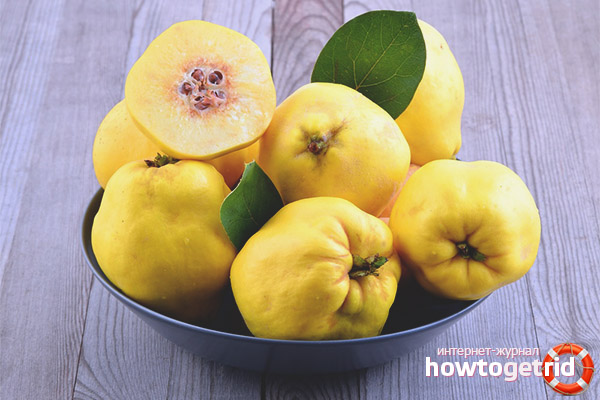

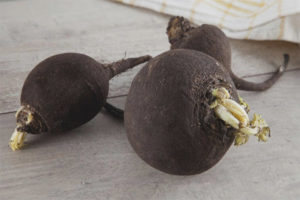

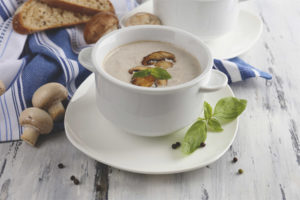
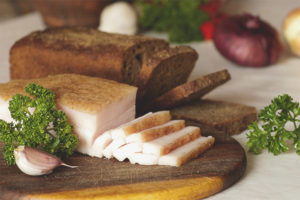
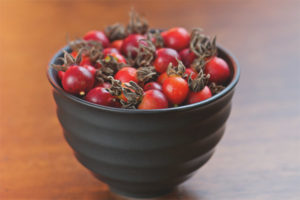
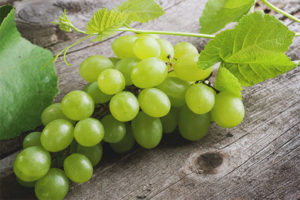


Submit